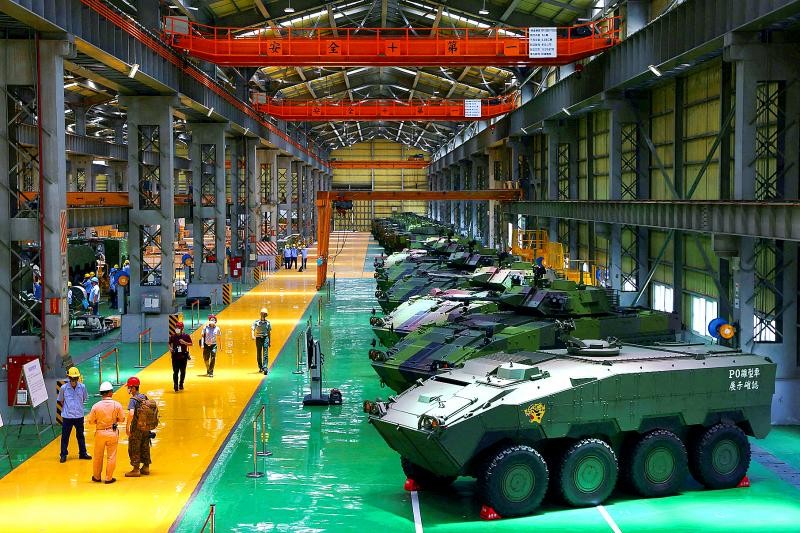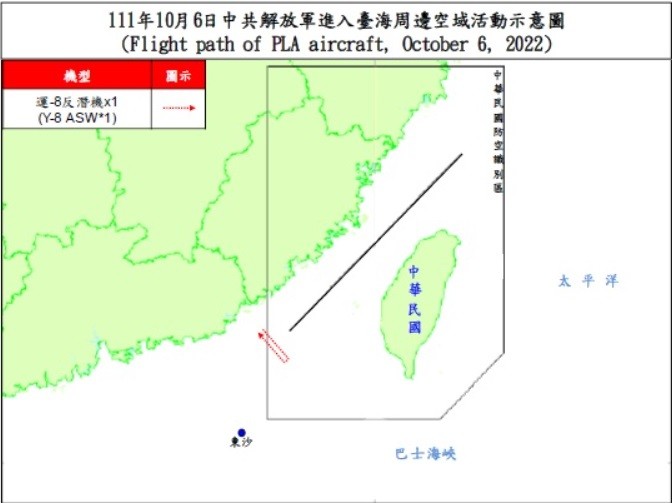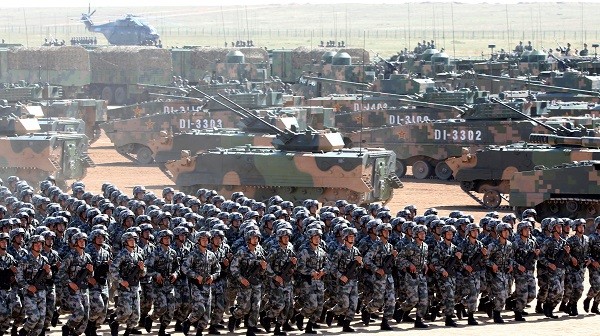China using civilian ships to enhance navy capability, reach
China has been increasingly using civilian ships including hundreds of fishing trawlers to back up its vast territorial claims and project military power
By DAVID RISING Associated Press
September 24, 2022, 4:44 AM
Foreign vessels, some of them have Chinese flags, fish near Torishima, Japan, on Oct. 31, 2014. A Chinese scientific ship bristling with surveillance equipment docked in a Sri Lankan port. Hundreds of fishing boats anchored for months at a time among disputed islands in the South China Sea. And ocean-going ferries, built to be capable of carrying heavy vehicles and large loads of people. (Kyodo News via AP)
The Associated Press
BANGKOK --
A Chinese scientific ship bristling with surveillance equipment docked in a Sri Lankan port. Hundreds of fishing boats anchored for months at a time among disputed islands in the South China Sea. And ocean-going ferries, built to be capable of carrying heavy vehicles and large loads of people.
All are ostensibly civilian ships, but experts and uneasy regional governments say they are part of a Chinese civil-military fusion strategy, little concealed by Beijing, that enhances its maritime capabilities.
China’s navy is already the world’s largest by ship count, and has been rapidly building new warships as part of a wider military expansion. It launched its first domestically designed and built aircraft carrier in June, and at least five new destroyers are on the way soon.
The buildup comes as Beijing attempts to exert broader influence in the region. It is increasing its military activities around the self-governing island of Taiwan, seeking new security agreements with Pacific islands and building artificial islands in disputed waters to fortify its territorial claims in the South China Sea, which the U.S. and its allies have challenged.
The civilian vessels do more than just augment the raw numbers of ships, performing tasks that would be difficult for the military to carry out.
In the South China Sea's Spratly Islands, for example, China pays commercial trawlers more than they can make by fishing simply to drop anchor for a minimum of 280 days a year to support Beijing’s claim to the disputed archipelago, said Gregory Poling, director of the Center for Strategic and International Studies’ Asia Maritime Transparency Initiative.
“China is able to use nominally civilian vessels that are clearly state directed, state paid to eat away the sovereignty of its neighbors, but then plausibly deny that the state is responsible,” he said.
China has been using civilian fishing trawlers for military purposes for decades, but has significantly increased the numbers recently with the creation of a “Spratly Backbone Fleet” out of a government subsidy program begun under President Xi Jinping, which helps cover building new vessels, among other things.
Those ships “largely appeared almost overnight” after China constructed port infrastructure a few years ago on the artificial islands it built in the Spratlys that could be used for resupply, Poling said.
Now there are about 300 to 400 vessels deployed there at any given time, he said.
The Philippines, Malaysia, Vietnam and others also have claims to the Spratly Islands, which sit in a productive fishing area and important shipping lane, and are thought to hold untapped reserves of natural gas and oil.
But the Chinese ships deter other trawlers from fishing in the area, and have been slowly displacing them from the grounds, with little that governments can do, said Jay Batongbacal, who heads the University of the Philippines' Institute for Maritime Affairs and Law of the Sea.
“Because they are ostensibly civilian fishing vessels, navies' ships are unable to deal with them lest China accuse the Philippines of provoking an incident and using force against civilians,” he said. “They take advantage of perceived ‘grey zones’ below the threshold for triggering a self-defense response.”
In one highly publicized incident, a steel Chinese trawler in 2019 rammed and sank a wooden-hulled Filipino boat at anchor northeast of the Spratly Islands, abandoning its crew to be rescued later by a Vietnamese fishing boat. Despite a diplomatic protest from the Philippines, China denied the incident was intentional, calling it an “accidental collision.”
In addition to about 800 to 1,000 commercial fishing boats in the Spratly fleet, China has approximately 200 other vessels as part of a professional maritime militia, according to a November study co-authored by Poling based on an analysis of official Chinese reports, satellite imagery and other sources.
The professional militia is better equipped, with trained crews and under direct state control, and is used for more aggressive operations such as harassing foreign oil and gas operations, Poling said.
In the event of a conflict, China’s use of civilian vessels would complicate the rules of engagement, he said.
“You don't want to treat every Chinese fishing boat as if it were an armed combatant, but, in fact, some of them may well be armed combatants,” Poling said.
China has also been deploying civilian research vessels for military-related tasks in areas where its navy would be unable to operate without provoking a response, said Ridzwan Rahmat, a Singapore-based analyst with the defense intelligence company Janes.
“If you deploy grey hull vessels, your adversary may also deploy a grey hull vessel as a reciprocal measure, so that makes it more dangerous for everyone,” he said, referring to the typical color of military ships. “So to avoid this, China has been deploying white hull vessels — to reinforce its presence without escalating things.”
There are also many Western export controls prohibiting sensitive technology from being sent to China for military use, which China is able to bypass by building such civilian ships, even though “in everything but name they’re military,” Rahmat said.
The autonomously piloted Zhu Hai Yun is believed to be one such ship, capable of launching airborne, surface and underwater drones “to carry out marine scientific research,” according to the Chinese state-run Global Times.
The ship, which completed its first autonomous sea trial in June, could also create military maps of the South China Sea floor, including important submarine lanes around Taiwan, Rahmat said.
“China has been increasing its submarine deterrent patrols, and in order to ensure it can do this it needs to map the underwater terrain,” he said.
China’s methods drew the ire of regional rival India last month when it sought to dock the Yuan Wang 5 in Sri Lanka’s Hambantota Port, not far from India’s southeast coast, for refueling at a time that New Delhi was preparing to test a new missile.
The vessel is officially a scientific research ship equipped with sensors that can be used to track satellites, but the same equipment can be used to gather data on a missile launch.
Sri Lanka, in the midst of an economic crisis and heavily reliant on aid from India, initially declined to allow the ship to dock over India's concerns.
But China operates the Hambantota Port, having been granted a 99-year lease on the facility — built with Chinese money — after Sri Lanka defaulted on loans in 2017. After high-level consultations with Beijing, Sri Lankan authorities backtracked and allowed the Yuan Wang 5 to dock from Aug. 16 to Aug. 22.
On Aug. 23, India successfully tested its new surface-to-air missile designed to defend a ship from close-range aerial threats.
“I suspect the launch was delayed until the Chinese spy ship was gone,” Rahmat said.
China hasn't tried to disguise its military use of civilian ocean-going ferries, which have had to meet defense standards since 2016 allowing them to accommodate military vehicles like tanks, said Mike Dahm, a retired U.S. Navy intelligence officer who has written on the topic for the U.S. Naval War College China Maritime Studies Institute.
Slickly produced state television videos showing trainloads of military vehicles and troops boarding the vessels and heading to sea, stating openly they are testing “how to use civilian transportation resources to execute military tasks.” The latest such exercise wrapped up earlier this month.
This could be meant to intimidate Taiwan, which China claims as its own and has not ruled out attempting to take by force, and also dovetails with the Chinese government’s message that the public is contributing to national security, Dahm said.
China at the moment does not possess enough amphibious craft to transport the number of troops needed 160 kilometers (100 miles) across the Taiwan Strait for a potential beach landing on the island, and the ferries could be a stopgap measure should a crisis prompt China to decide to invade, Rahmat said.
China also may not want to take on the expense of building and maintaining a “huge amphibious armada” for an indeterminate period of time, Dahm said.
Military amphibious craft are built to land troops and vehicles on a beach, whereas ferries provide port-to-port movement, which would mean they would only be effective if China can capture Taiwanese ports in serviceable condition, Dahm said.
Still, in a crisis, China's People's Liberation Army could attempt a chancy gambit like offloading amphibious vehicles from the ferries at sea or using floating causeways, Dahm said.
“There is always the possibility that the PLA could commit to a high-risk operation against Taiwan with the possibility of losing a large number of civilian ships,” he said.
———
Associated Press writers Jim Gomez in Manila, Philippines, and Ashok Sharma in New Delhi contributed to this story.
China has been increasingly using civilian ships including hundreds of fishing trawlers to back up its vast territorial claims and project military power

abcnews.go.com
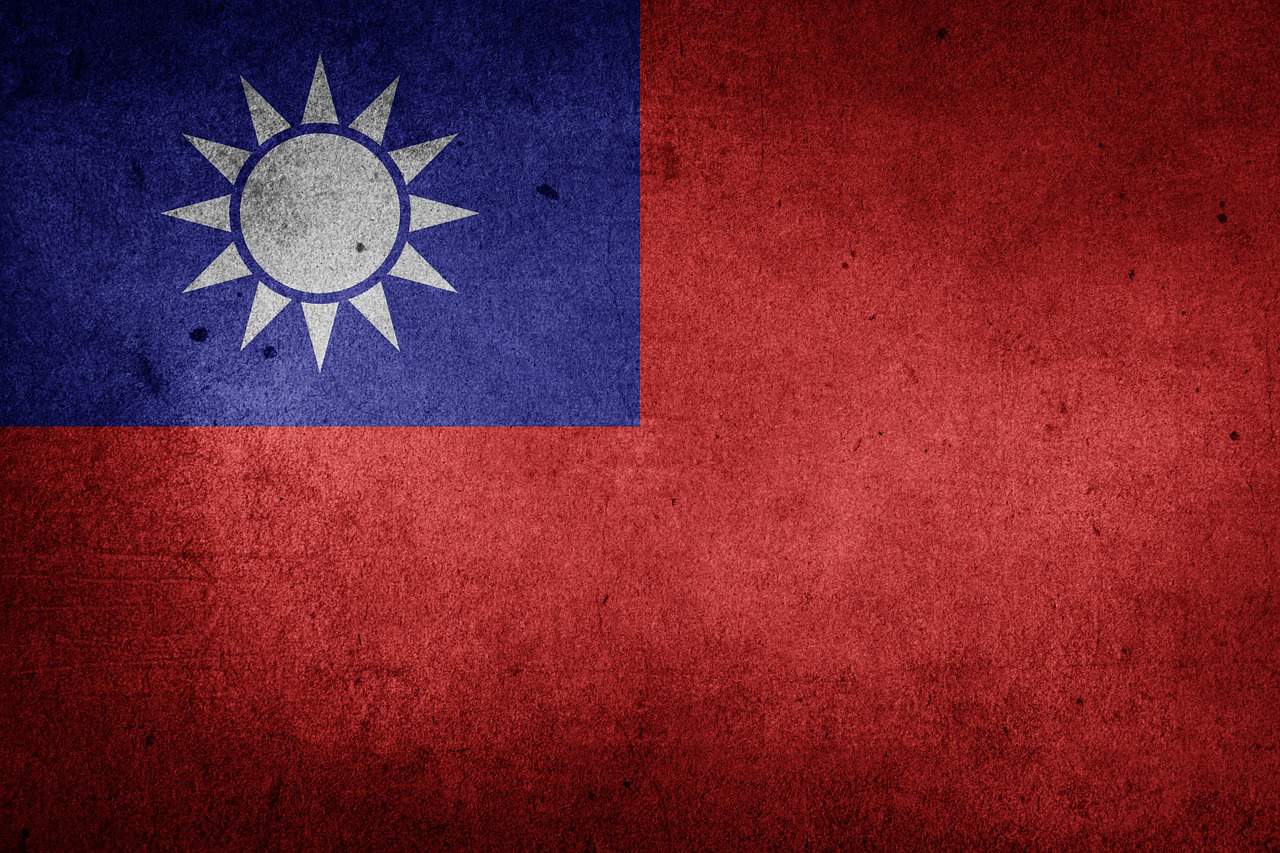

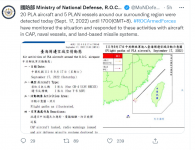



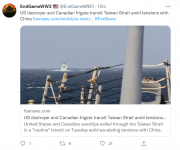

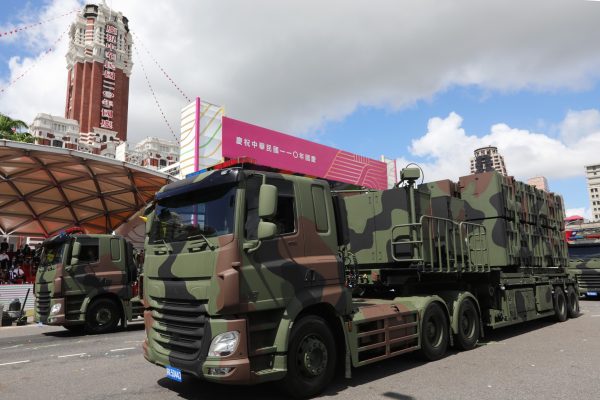
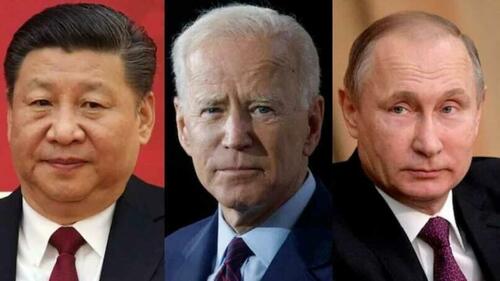
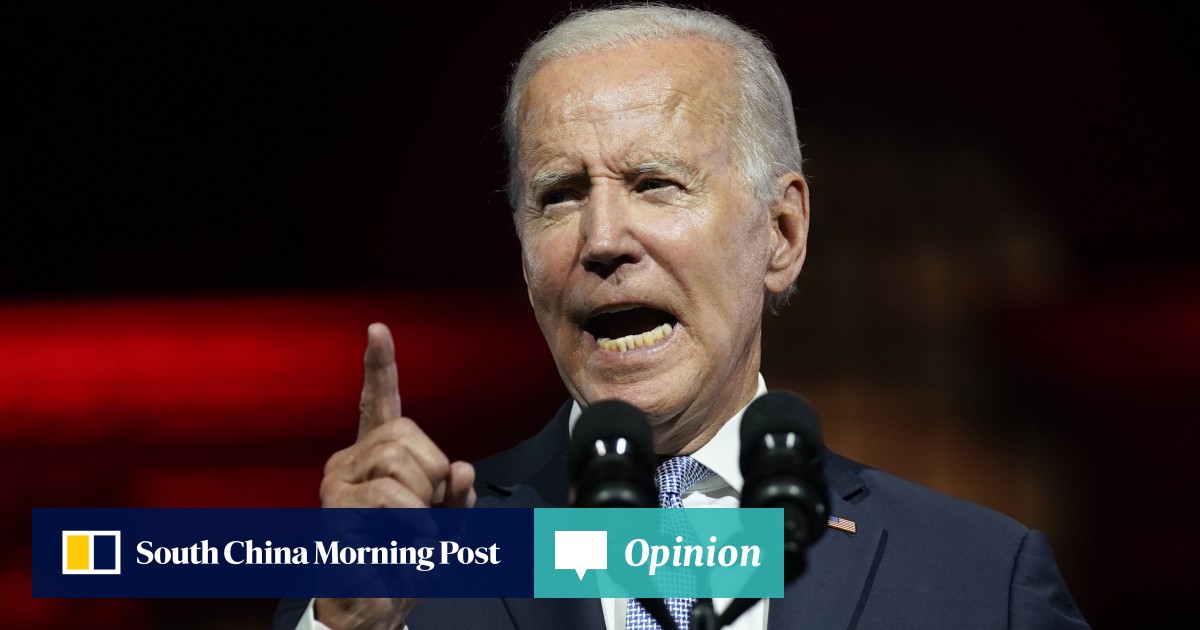
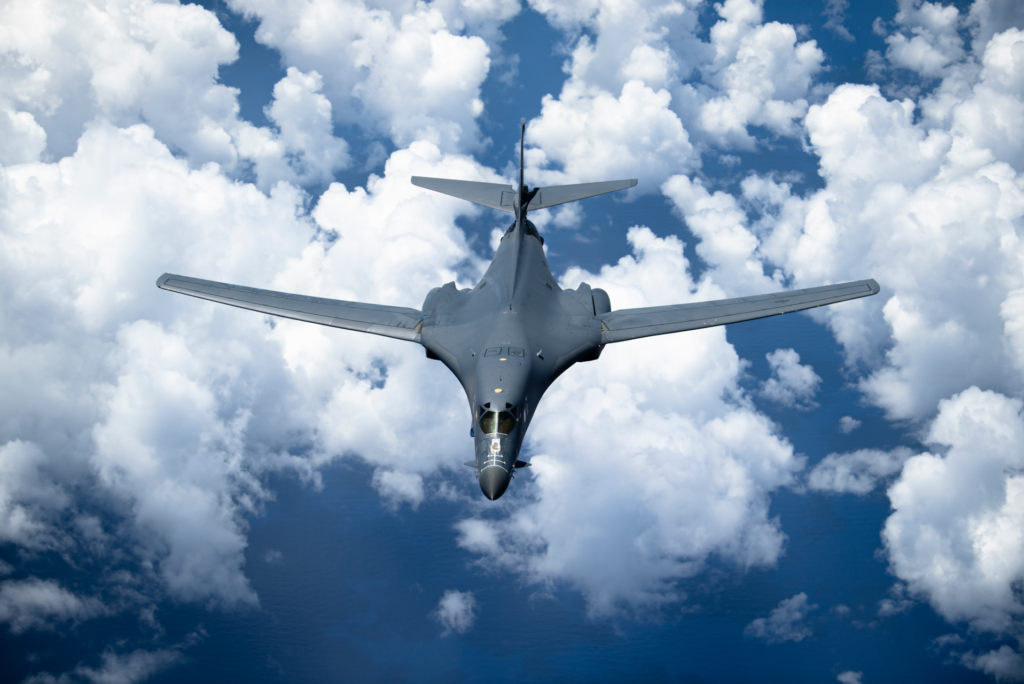
/cloudfront-us-east-2.images.arcpublishing.com/reuters/62H7FPHBUVONFNT2COC6DDLX3Q.jpg)
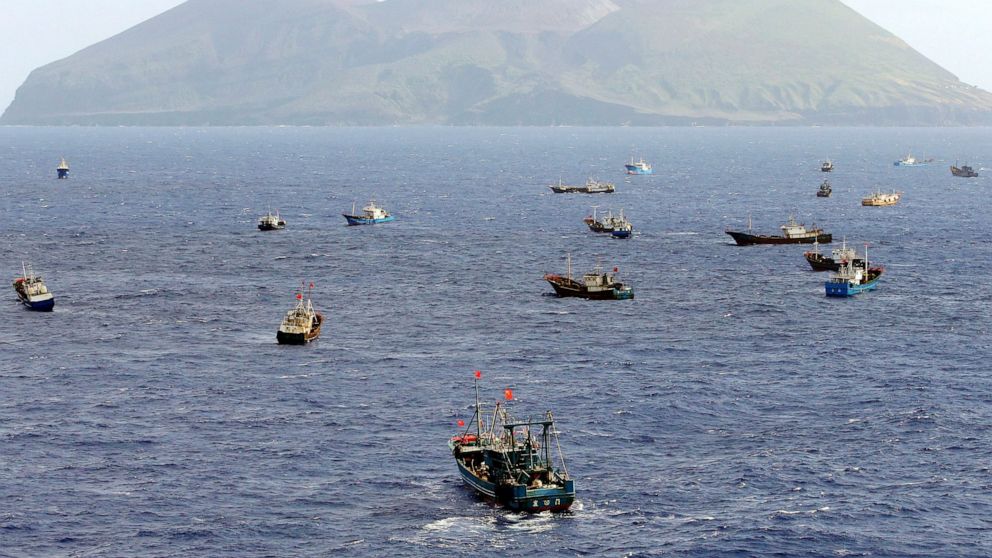
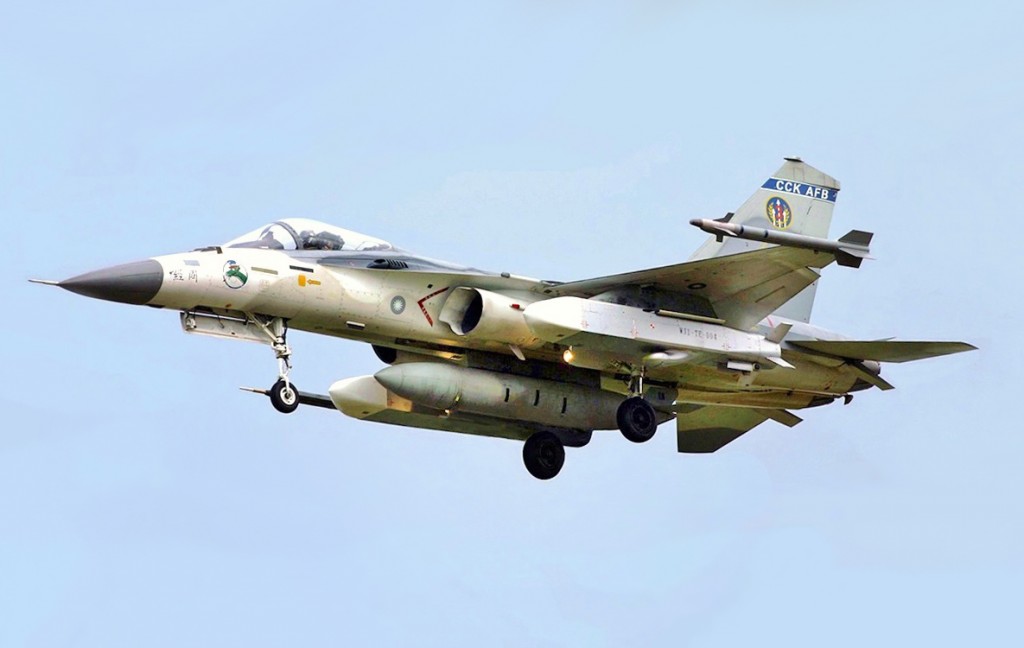
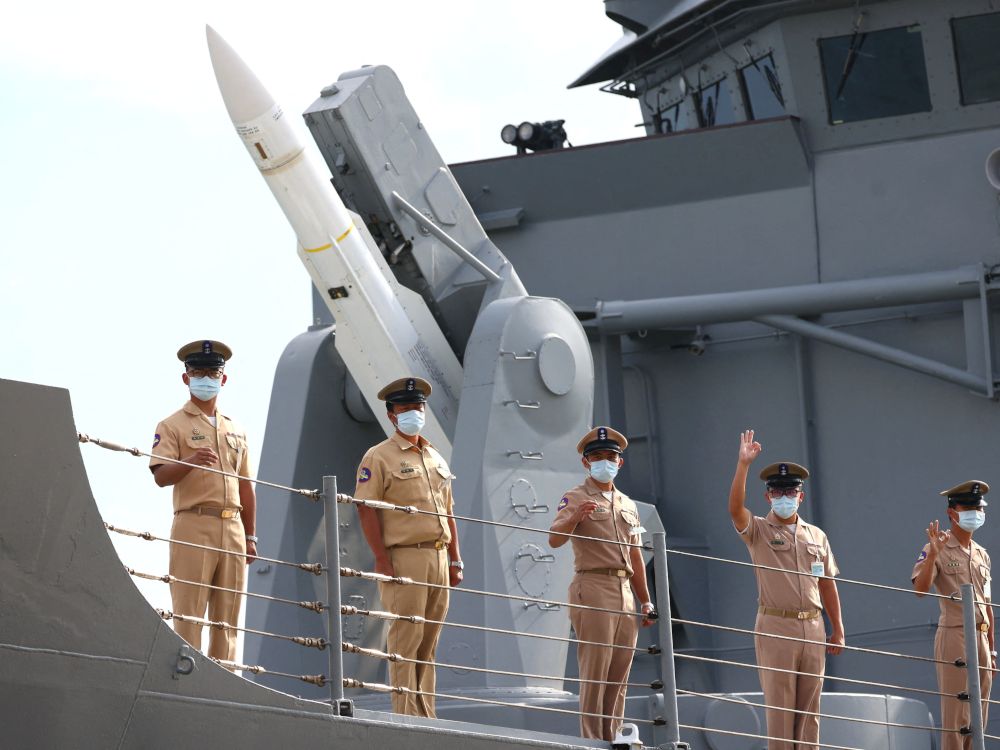















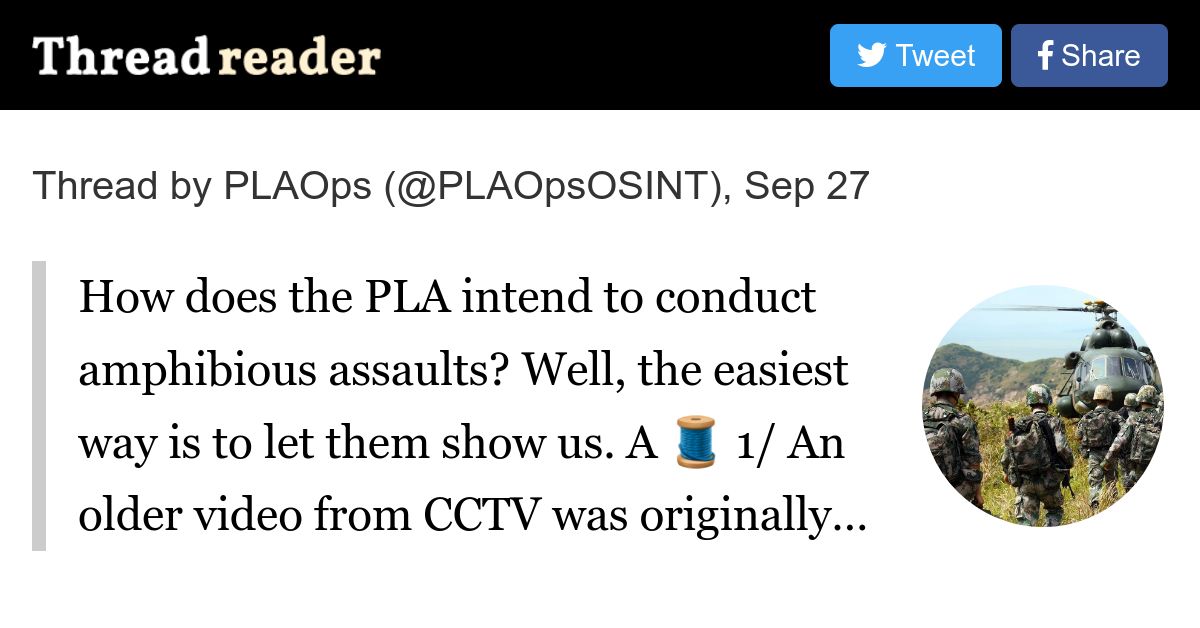

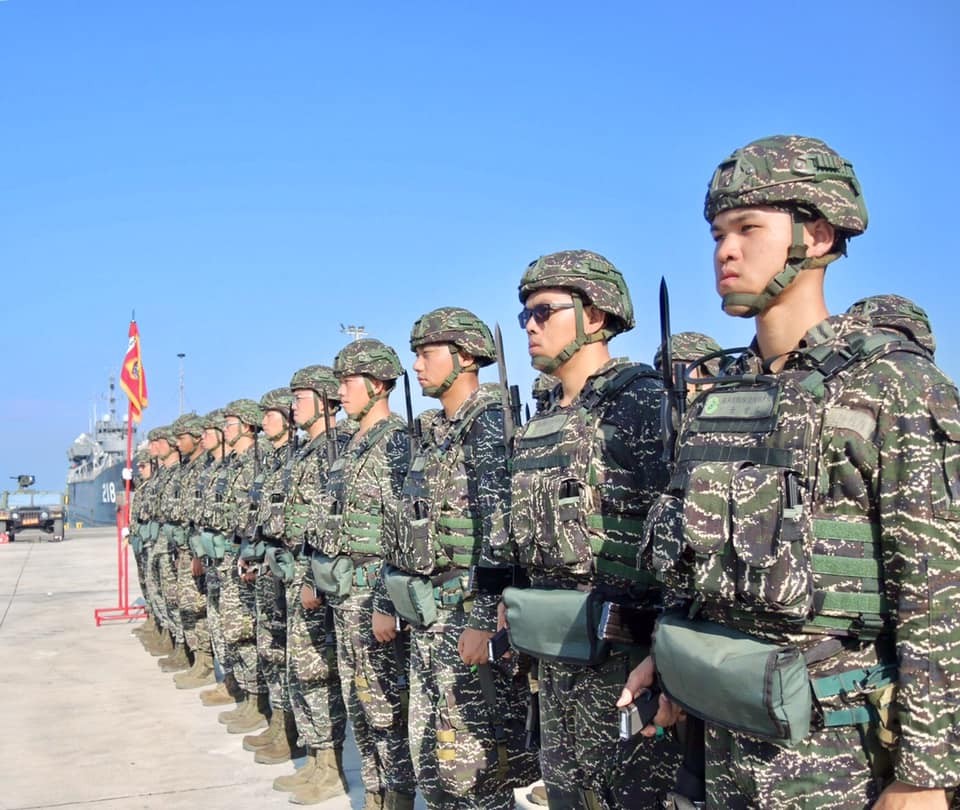

/cloudfront-us-east-2.images.arcpublishing.com/reuters/6USTSMT2RNNNBOLHXASEP5RH7U.jpg)
